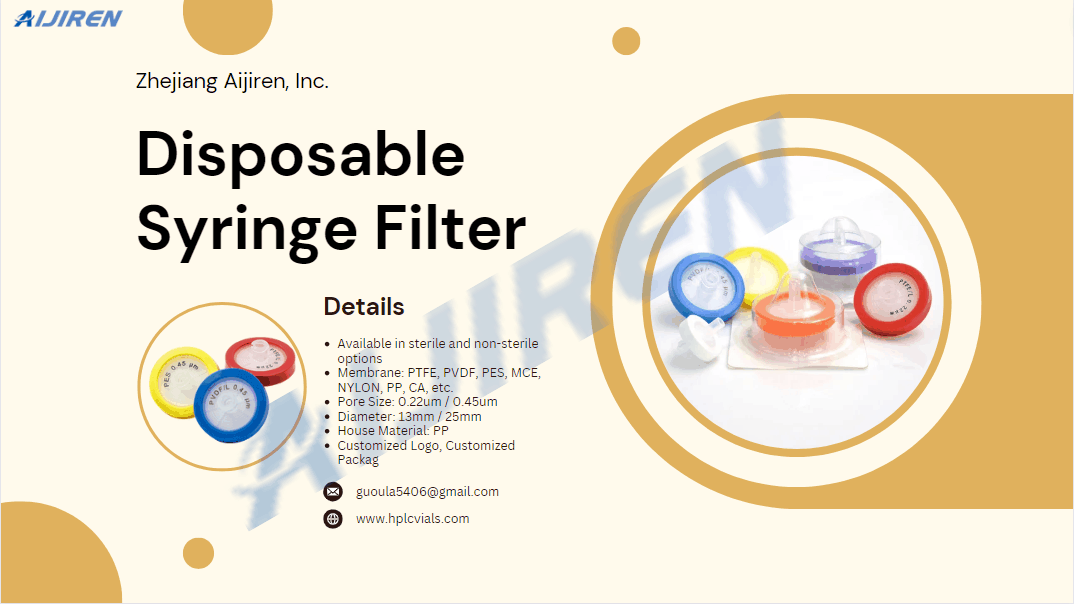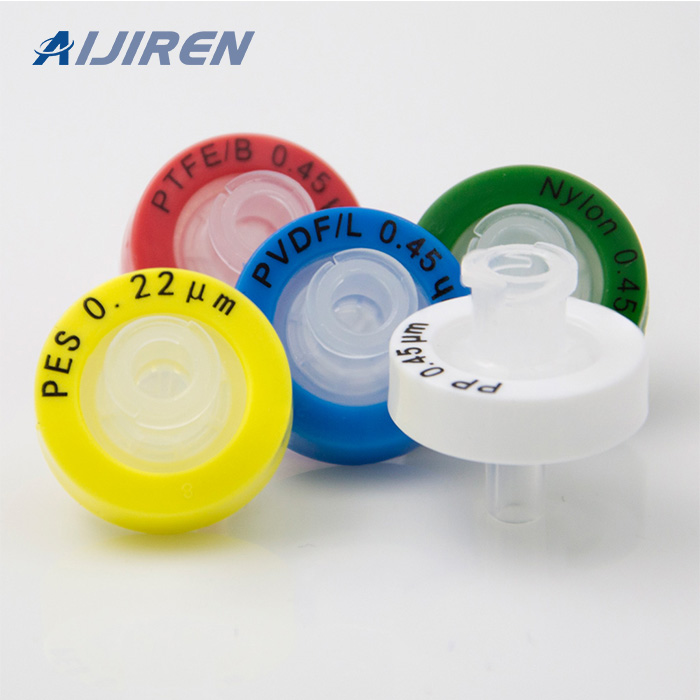Everything you need to know about syringe filters
1. What is a syringe filter?
Syringe filters are disposable filtration devices consisting of a membrane or membrane combination placed in a molded housing. The port on the device is usually a Luer lock or Luer slide, allowing quick connection of a syringe; the syringe is used to push the liquid sample through the filter. A variety of membrane types, pore sizes, and housing materials are available.
2. Can syringe filters be reused?
Syringe filters are generally disposable and should not be reused as syringe filter performance is based on the first filtration. Reuse may adversely affect performance and sample results due to cross-contamination, sample loss, or clogging due to membrane fouling. However, there are reusable syringe filter holders with replaceable membranes.
3. How to Sterilize a Syringe Filter?
There are various methods of sterilization such as gamma irradiation, electron beam, ethylene oxide gas exposure, and autoclaving. If sterilization is required, it is recommended to use devices pre-sterilized by the manufacturer to ensure performance and certified sterilization. Alternatively, some devices can be autoclaved in the laboratory, but equipment should be checked one by one.
4. What are the uses of syringe filters?
The main uses of syringe filters are general clarification of particulate matter in liquid or air/gas samples, sterile filtration of samples to remove bacteria, and removal of particulate matter and suspended solids before analysis such as HPLC. Syringe filters are also used for gas ventilation, allowing clean, sterile air to pass through pipes, such as bioreactors.
Back to List



